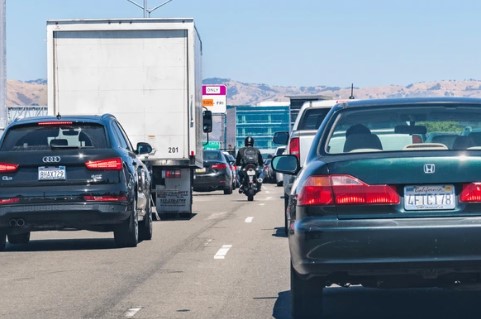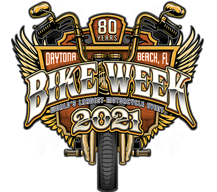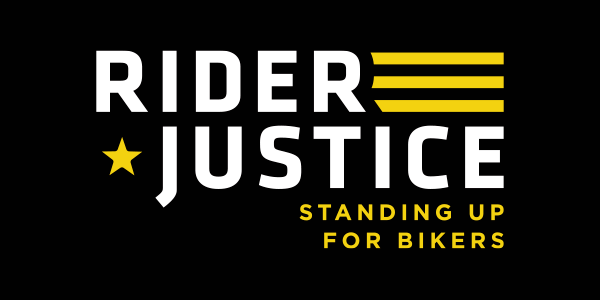Governor Jared Polis signed SB24-079 on Wednesday. This bill gives two-wheeled commuters in Colorado some new mobility rights, such as lane splitting.
How much do you know about Lane Splitting?
Here is the definition:
Lane splitting, also known as white lining or stripe-riding, is a practice where motorcycle or bicycle riders navigate between two rows of vehicles or two lanes of traffic. This maneuver typically occurs in areas where the white traffic lines are painted on the road, but it can happen on any type of road, including highways and undivided rural roads12.
Here are the key points about lane splitting:
Definition: Lane splitting involves riding a motorcycle or bicycle between lanes or rows of slow-moving or stopped traffic moving in the same direction.
Purpose: Riders split lanes to save time by bypassing traffic congestion. This allows them to continue moving when other vehicles are at a standstill.
Safety Considerations:
* Reduced Rear-End Risk: Lane splitting may reduce the risk of a motorcycle being rear-ended. When a motorcycle moves between lanes, drivers are less likely to hit it from behind.
* Smaller Vehicle Advantage: Motorcycles and bicycles can split lanes due to their smaller size than other vehicles. This behavior deviates from the customary rule that drivers remain in their proper lanes behind the vehicle in front.
Here are some of the guidelines of SB24-079:
Colorado’s new law joins Utah in being particularly restrictive. It limits lane splitting to areas of traffic at a standstill or up to speeds of 15 mph. The law also states that the road must be wide enough for a motorcycle to pass between two vehicles comfortably, though it doesn’t define an appropriate width. The law will be in effect until September 2027 to give CDOT time to study whether lane splitting makes our roads safer.
Motorcycle riders are prohibited from passing on the right shoulder or to the right of a vehicle in the farthest right-hand lane. The speed of traffic at which motorcyclists can legally split was also dropped from 20 mph to 15 mph in the final iterations of the bill. This law comes after a failed attempt in 2023 to have the Colorado Department of Transportation and Colorado State Patrol study lane splitting and its safety implications.
Co-sponsored by Colorado State Representative Ron Weinberg (R), the legislator explained that his desire to implement lane splitting in Colorado is about safety.






